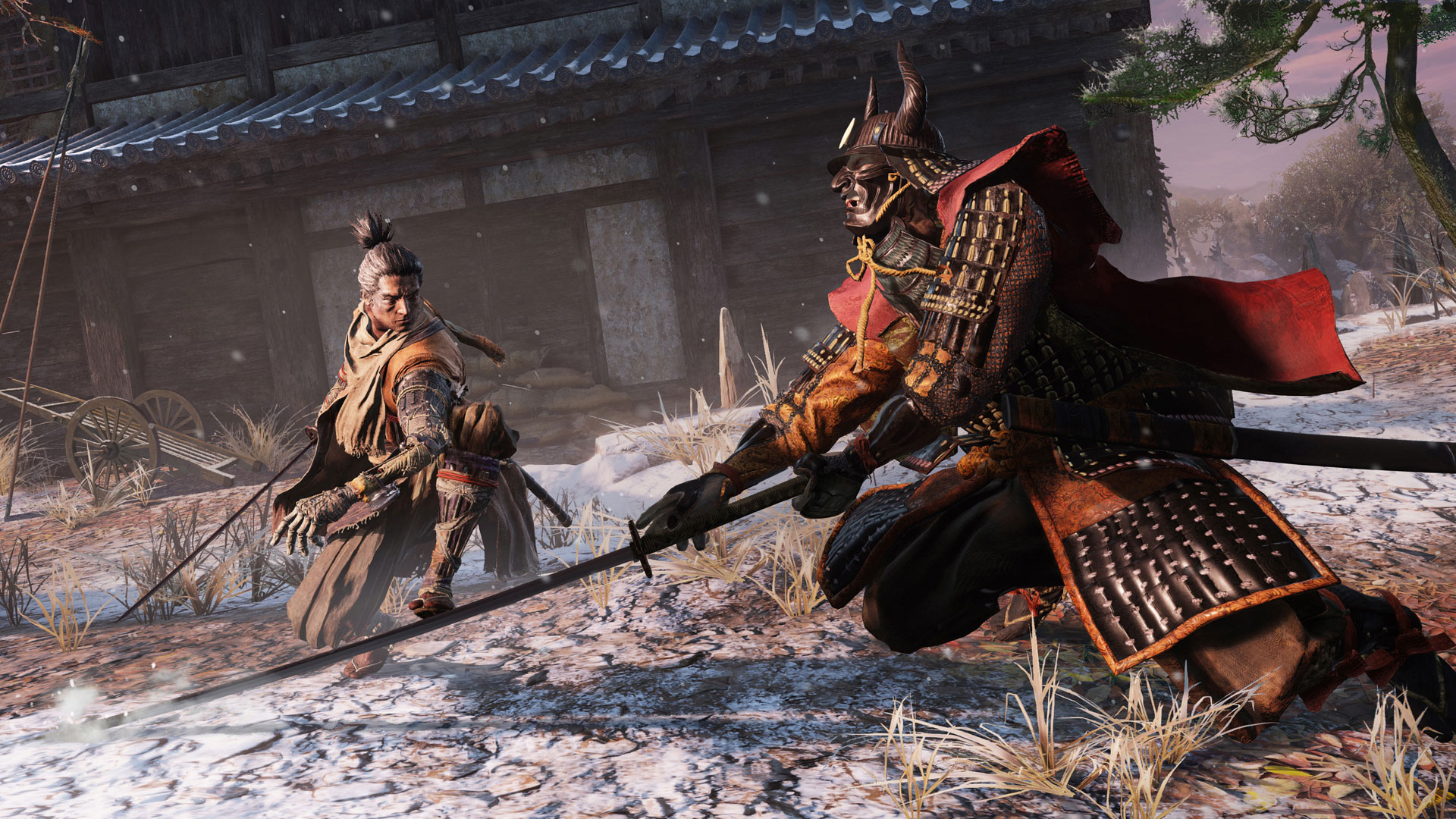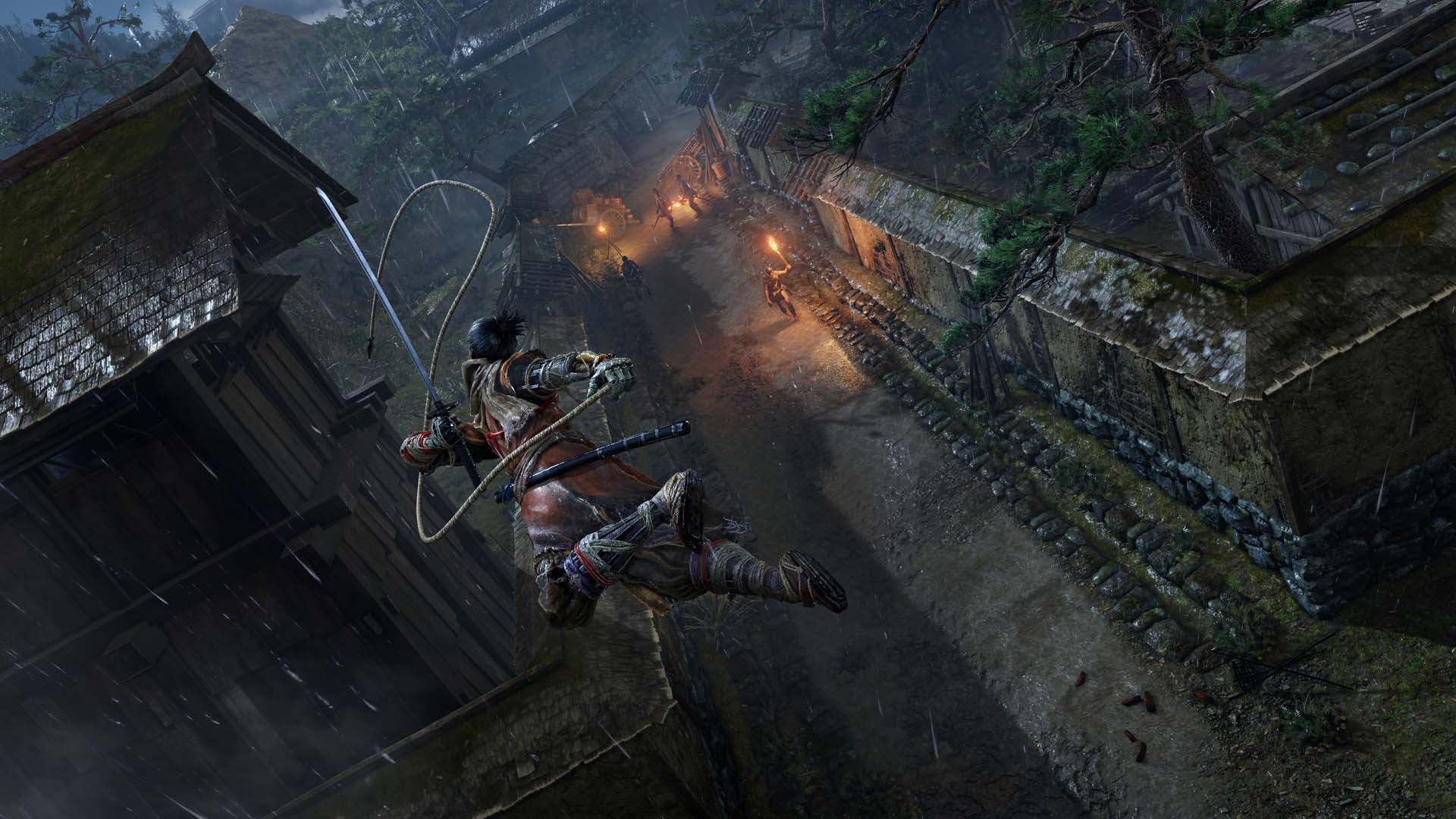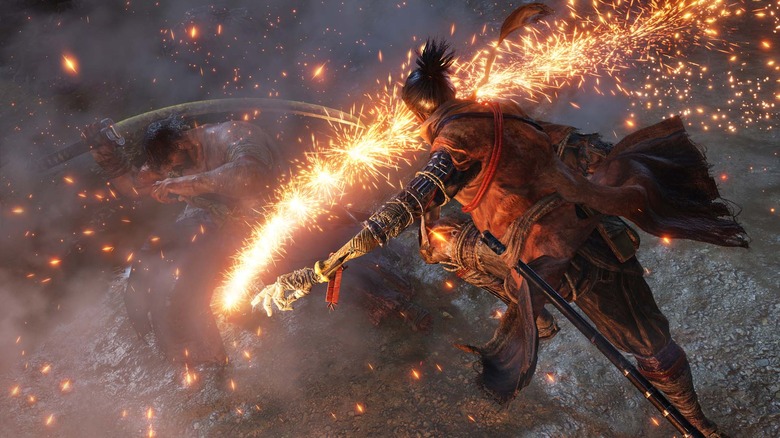'Sekiro: Shadows Die Twice' Is Infuriating, And All I Want To Do Is Play More
I'm not sure "privilege" would be the right word to describe my opportunity to spend a few hours with Sekiro: Shadows Die Twice last month. Developed by FromSoftware — who you know from Dark Souls and Bloodborne — Sekiro is yet another open-world action-adventure game that will make you want to tear your hair out.
I've never been particularly adept at these games, but anyone who is knows that it's virtually impossible to make any real progress without spending time practicing all the possible attacks, memorizing the correct routes, understanding which enemies do what, and learning how to manage your extremely limited resources. But unlike Dark Souls and Bloodborne, Sekiro moves at a pace that forces you to fundamentally change your approach.
Where FromSoftware's previous action games were relatively slow and plodding, Sekiro: Shadows Die Twice is fast and twitchy. You'll take on the role of the titular ninja in the Sengoku period as he travels through Japan to rescue his kidnapped lord. In the attack during which his lord was kidnapped, he lost his arm, but awoke to find it replaced with a prosthetic by a mysterious stranger. This makeshift arm also happens to be modular, and throughout his journey, he finds tools that can be attached to his new arm to increase his combat capabilities.

Although there are still traces of the other "Soulsborne" titles, Sekiro has abandoned many of the classic role-playing elements that defined the developer's other big games. There's no character creation, there are no classes, and you won't find any new primary weapons — you are a defined character in this world, and you'll have to learn how to use his katana if you want to stand a chance against any of the game's enemies.
That might be the single most noteworthy change present in Sekiro. Rather than simply chipping away at an enemy's health bar, you will have to attack, parry, and counter your enemies in order to decrease their "posture" as well. Once an enemy's posture bar is full, they will be staggered, at which point Sekiro can perform a death blow that will kill any low-level foes, or remove an entire health bar from one of the game's many bosses.
Every enemy has a different set of attacks and abilities, so learning when exactly to parry an attack, and figuring out which of your own abilities might be an enemy's weakness are key to survival.

But despite the obvious departures from previous titles, the structure of Sekiro will be comfortingly familiar to those of you who have played Dark Souls or Bloodborne. There's a hub where you can equip your new attachments, there are checkpoints where you can rest and restore your health (while simultaneously resetting the world around you), there are items scattered around the world that you can use to distract enemies and restore your health, and there is a punishment for dying, as you will lose half of the experience and gold you gathered.
So even though it doesn't play quite like a Souls-like, the foundation remains intact. I'll have to spend far more time with the game before I can make any final judgments about which is better (or whether both are equally compelling in their own ways), but there are plenty of reasons that I'm looking forward to getting my hands on Sekiro once again at the end of the month. And yes, chief among them is the grappling hook, which makes traversal incredibly fun (even when you're getting slaughtered every time you land).
Sekiro: Shadows Die Twice launches on PS4, Xbox One, and PC on March 22nd.
